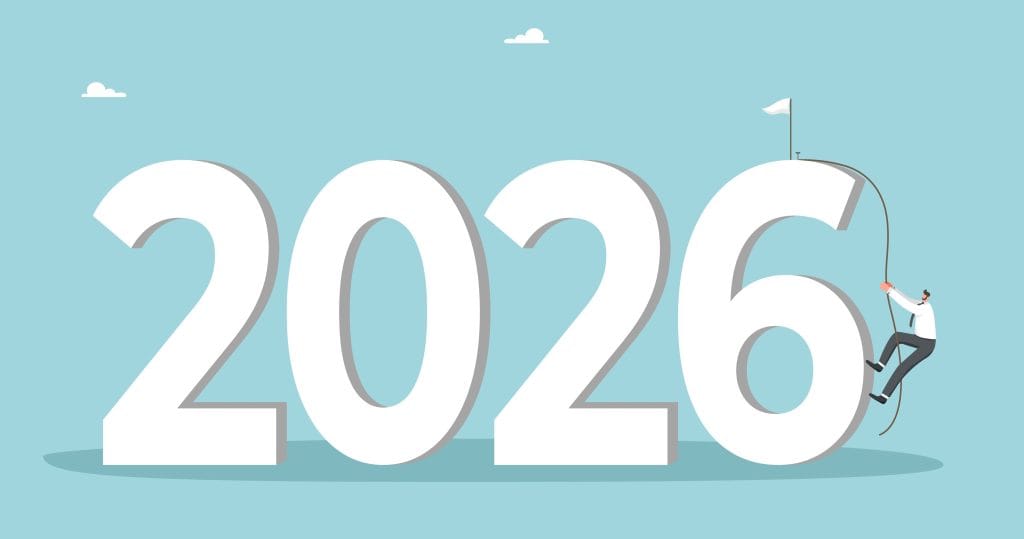Last updated on November 28th, 2025 at 07:04 pm
Last updated on November 13th, 2025 at 07:48 pm
If we “all” know:
- That 25-30% of a dental practice’s production should be coming from hygiene, and
- That the average dental practice should be adding at least one day a week of hygiene every year the office is open, then
Why do only perhaps 10-20% of dental practices fit the criteria above?
Look, these points above are no “news flash.” We all know and have heard them. We’ve also heard about (or possibly do) things like:
- Scheduling every patient for their next 6-, 3-, or 4-month recall/recare appointment before they leave and
- Sending a postcard reminder out the month before and
- Sending additional reminders with services such as Lighthouse 360 or Demandforce.
And while some offices are better than others, I still, in my travels lecturing around the US and Canada, see consistent problems with doctors filling, much less growing their hygiene department or days of hygiene.
So, what gives?
In most cases, the culprit behind a stagnant Hygiene Department is a problem that is exceedingly simple to solve. And no, it’s not just poor or spotty implementation of the actions (i.e. scheduling, reminders, etc.) that I mentioned above.
And what is this problem?
YOUR HYGIENE DEPARTMENT HAS NOT BEEN GIVEN THE CORRECT DEGREE OF IMPORTANCE IN YOUR OVERALL OFFICE STRATEGY OR THE MINDS OF YOUR STAFF AND PATIENTS.
As a quick little aside, we have a FREE e-book available for you to download. This e-book covers a lot of useful information about how to have a profitable hygiene department.
Importance
If I were to ask any dentist or dental patient if regular cleanings were important, they would of course say “yes.” And that’s fine. But how important?
Is it so important to patients that they wouldn’t think of missing an appointment? Are patients thinking about how regular visits and excellent home care (which your Hygiene Department regularly covers with them) could potentially prevent future dental problems? Are your staff? Is this a message that is prominently featured and discussed in your office?
Again, I’m not saying anything we don’t know. But I also know how things go in a dental office.
The average dentist’s worry is keeping their current hygiene schedule full, versus maintaining the needful statistics to determine if it’s growing. Why? Well, who wants to pay a hygienist $35-$50 an hour to do…nothing? There’s not much that’s worse than seeing your hygienist at the front desk when they should be working on patients!
Getting this sorted out and moving in the right direction requires that you take a step back for a minute and look at the “big picture” in your office. Let’s start with looking at the clinical and business benefits behind a strong hygiene department:
Clinical/Patient
- You can more easily maintain a patient’s oral health, monitor any restorative work you’ve done and their home care.
- Patients who see you regularly in hygiene and are well educated on home care will (most likely) need less restorative work.
- Theoretically if your patient has better oral health they are less prone to systemic illness-connected issues in the mouth and, potentially, could live longer and healthier lives.
If your general mission with every patient is to restore their function and aesthetics to the best of your ability, it’s easy to see how the three points above dovetail with this mission; they work hand in glove. For that matter, if you don’t see patients regularly in hygiene it makes your mission as a dentist far more difficult.
There’s really no one (you or the patient) who loses here. It’s really a win-win.
Now, let’s look at the benefits to your practice.
Income: If the average hygienist produces, let’s say, $1,300 a day and you’ve been in practice ten years, you should have ten days of hygiene a week (at least). That’s $13,000 a week, over $50,000 a month and $650,000 a year (with two weeks off mind you), before you even pick up a handpiece. For most doctors this would at least cover basic monthly expenses.
And keep in mind, to add one day of hygiene a week every year only requires 30 new patients a month with proper retention strategies. For more info see the video from our COO Jeff Blumberg below. You could add even more with a more aggressive growth and new patient strategy.
Production: Where does the production on your schedule come from? Hopefully not just new patients. If that’s your primary source of productive procedures…you’re doing it wrong.
Sure there’s production to be done with new patients, but most of us find plenty in hygiene as well. The more patients on the hygiene schedule the more potential treatment you have to present (and potentially perform).
Now, how many patients agree to move forward with treatment depends on your case presentation skills – which is a subject for another day. But if you want to improve in this area, I’d suggest checking out our free Effective Case Acceptance Seminar; if you really want to master this subject I’d recommend the MGE Communication & Sales Seminars for the Professional.
Goodwill: More participation in hygiene will not only increase income and production potential – it can also increase the value of your practice if you’re selling. Take the example above of the $650,000 a year from hygiene alone. Add the doctor production to that and you’ll see where I’m going with this.
I could go on, but I think I’ve made my point. In addition to this being a good thing for your patients – it’s also good for your business.
So, if you’re not where you need to be with your Hygiene Department (or still doing hygiene yourself after five years in because you don’t want to pay a hygienist) where do you go from here? Well, it takes some work but really isn’t all that hard to turn around!
Here’s what you can do:
1. Decide:
As the doctor, this starts with you. You have to decide what you want with regards to your hygiene program. And keep in mind that the growth process is not free of “growing pains.” You must be willing put up with this without scrapping the process altogether.
2. Staff Meeting
Have a staff meeting and cover what you’re looking at long-term for your hygiene program. Don’t just focus on the “numbers.” Stress the importance behind this for patients. Show them the reasons behind why this needs to happen in the office and that this isn’t just some passing “new idea” that will start off strong and eventually be forgotten about. Get their input as to how to roll this out with patients.
3. Responsibility
Designate someone as responsible for building the Hygiene Department (they have to want to by the way). It could be your lead hygienist if you have more than one. You should also designate someone up front as responsible for reactivating inactive patients.
The hygienist responsible should be, in addition to a good clinician, a good “people person” and educator. You want them on top of educating patients on home care as well as assisting with case acceptance. Ideally, you want these qualities in all of your hygienists.
And by responsible here we mean accountable. You’re expecting growth and they need to be able to deliver. You might want to set up an incentive program or bonus to the hygienist and front desk staff member responsible as you grow.
4. PR/Marketing Campaign
 Now you want to roll out your new hygiene program. It’s similar to a PR and marketing campaign. And two keys with any PR or marketing campaign are message and repetition of message.
Now you want to roll out your new hygiene program. It’s similar to a PR and marketing campaign. And two keys with any PR or marketing campaign are message and repetition of message.
Craft the message in your staff meeting so that every staff member is excited about it. New patients should be briefed on this message when you meet them for the first time. And it should be repeated in one form or another at every relevant contact point – e.g. when your hygienist is scheduling their next appointment. The message could be something like “it’s important to us to maintain your oral health and prevent future dental problems; that’s why regular hygiene visits are critical.” Obviously it can be said in a less dry and boring way than this, but you get the general idea.
You’ll also want the responsible person in the front (and your hygienist in charge when not with patients) to schedule inactive patients. We have an excellent Reactivation Program you can use for this very purpose. You’d use this for patients who are more than 6 months overdue for their hygiene appointment. It’s a step-by-step “to do” list of how to bring this off and includes letters you can send to these patients. Click here to get your copy today.
I’ve even seen (very successful) offices schedule the next two hygiene appointments. Talk about commitment! I actually think it’s a great idea.
5. Monitor Progress
Statistically, you’ll want to track a statistic you’re probably not keeping: Recall appointments. This is different from “hygiene appointments,” as these include S/RPs and possibly new patients. You want to specifically track patients in for RECALL. Why? This is how you can see if you’re growing or not.
If you don’t keep a recall statistic, heavy new patient flow or a busy perio program can actually mask the fact that you’re losing patients off recall. Why? Well, hygiene’s full so no one’s looking. This “numbers of recall patients” is the number that should be growing at least one day a week per year.
To see what your numbers are like right now, fill out our free Hygiene Production Calculator. It’ll show your potential hygiene production and how your current production measures up:
In addition to reviewing individual progress, I’d also cover what’s happening during your staff meetings. This way one and all can see how it’s working.
Summary
Here’s one I’m pretty certain about: If you make this important to yourself, your staff and your patients, the area should grow. And it’s a good thing. It could actually be one of the better things that happen to your practice! If you have any questions about it, please feel free to email me at lesliep@mgeonline.com
And again, we have a free e-book dedicated to how to have a profitable hygiene department. You can download it now by filling out the form below:



Good article
I have found this article interesting. The guidelines and points suggested do give some guidance. I am very intrigued to see the patient responses and potential for practice growth.